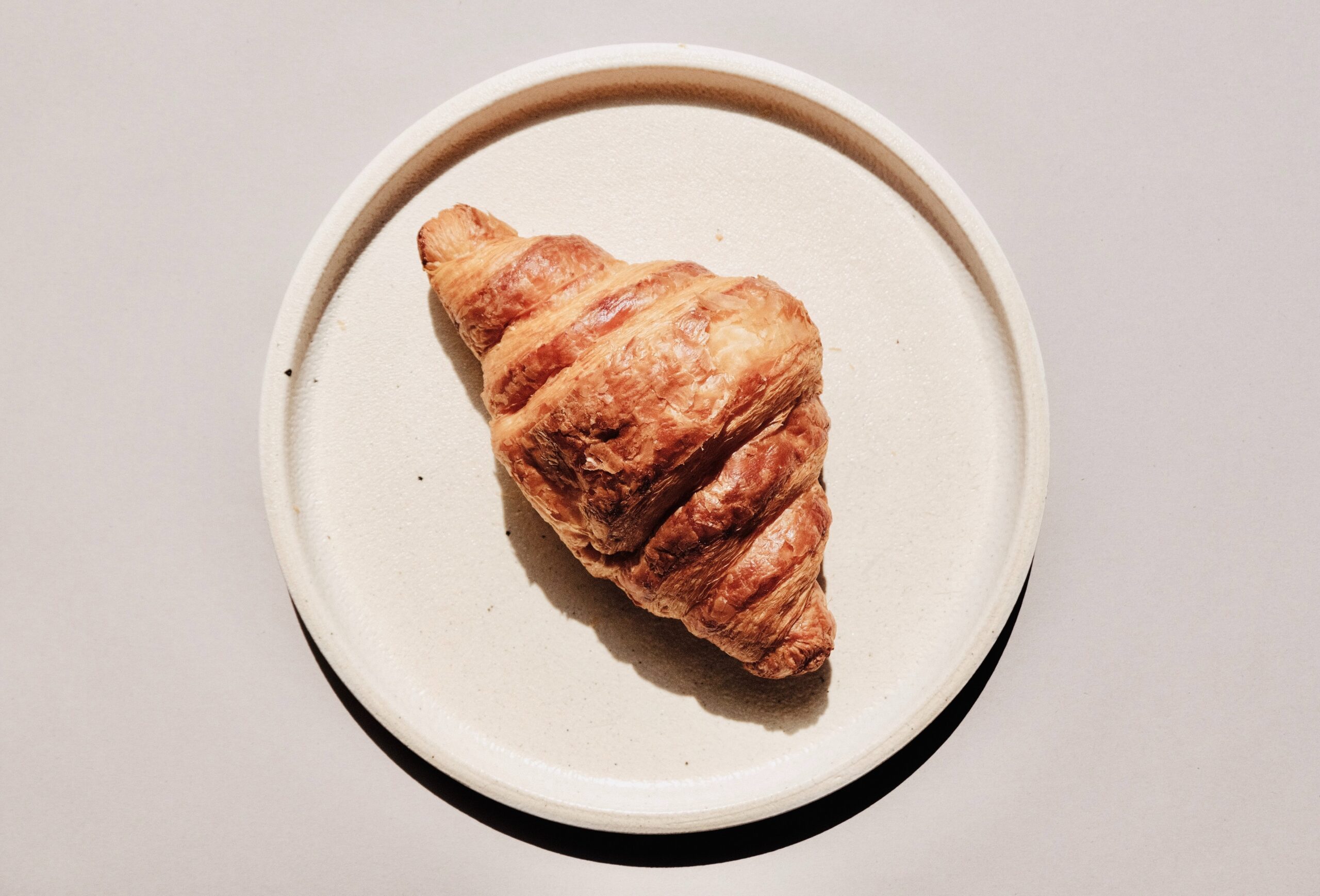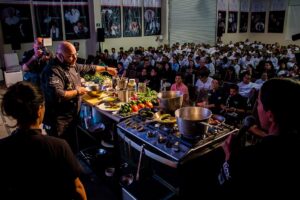
Have you ever wondered what makes bread so delicious and how to achieve that perfect texture? You’re in the right place! Today, on the La Maria Panadería blog, we’ll explain the science behind the perfect dough and how we achieve that delicious bread you love so much, read on and discover the secrets of baking.
Thank you for reading this post, don't forget to subscribe!The magic of flour, bread and yeast.
Bread is the result of the combination of three basic ingredients: flour, water and yeast. When these elements are mixed in the right way, the perfect dough is created. Let’s analyze each of them:
- Flour: the soul of bread.
Flour is the main ingredient in baking. It provides the structure and the base of the dough. The type of flour we use at La María is fundamental, since each one has its own characteristics and protein proportions, which affects the texture of the bread. For example, wheat flour is rich in gluten, which gives the bread an elastic and airy texture.
- Water: the catalyst.
Water is the catalyst that binds the flour and yeast. It also helps in the formation of gluten, which is the protein network that gives structure and elasticity to the dough. At La Maria, we adjust the amount of water according to the type of bread we want to obtain, as this affects the moisture and final texture of the product.
- Yeast: the engine of growth.
Yeast is a microorganism that ferments the sugars present in flour, producing carbon dioxide and ethanol. This process is what makes the dough rise and gives the bread its airy structure. At La Maria, we use high quality yeasts to guarantee an optimal fermentation process and an unparalleled flavor in our breads.
The kneading process: developing the gluten.
Kneading is a crucial step in making the perfect dough. When kneading, we work the flour and water, developing the gluten network that will give structure and elasticity to the bread. At La Maria, we make sure to knead for the necessary time to obtain a soft and elastic texture, without over-kneading to prevent the bread from becoming tough.
Fermentation and resting: the secret of flavor and texture.
Fermentation is the process in which yeast transforms sugars into carbon dioxide and ethanol, causing the dough to rise. This process is essential to obtain an airy crumb and a delicious flavor in the bread. At La Maria, we let our doughs rest in a controlled environment so that fermentation occurs optimally.
Baking: the final transformation.
Baking is the stage where the dough is transformed into bread. During baking, the heat causes the yeast to ferment rapidly and the carbon dioxide expands the dough, creating that airy, fluffy crumb we all love. In addition, the heat caramelizes the sugars on the surface, giving the bread its characteristic golden, crispy crust. At La Maria, we carefully control the temperature and baking time for each type of bread, ensuring perfect results every time.
Tips to maintain the freshness of the bread.
Once we have achieved the perfect dough and baked the bread, it is important to know how to preserve it to enjoy it to the fullest. Here are some tips to maintain the freshness of your bread:
- Store bread in a cool, dry place, away from moisture.
- Use a cloth or paper bag to wrap the bread, as this allows it to breathe and prevents it from getting hard quickly. If you are not going to eat the bread within a day or two, consider freezing it. You can then thaw it at room temperature or warm it slightly in the oven to restore its freshness and texture.
The key to achieving the perfect dough lies in the selection of quality ingredients, care at every stage of the process and attention to detail. From the flour, water and yeast, to the kneading, fermentation and baking, at La María we strive to always bring you the best bread. Now that you know the secrets of baking, we hope you will enjoy our delicious breads even more and that you will be encouraged to experiment at home!



